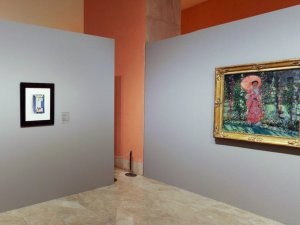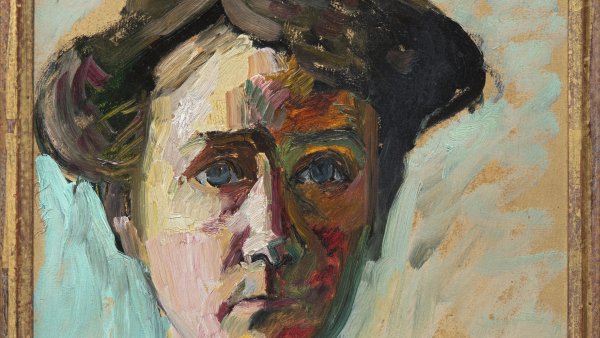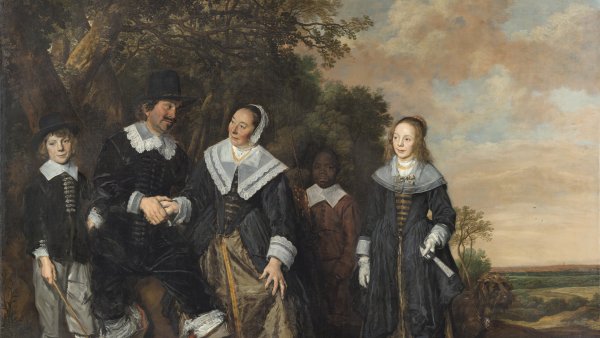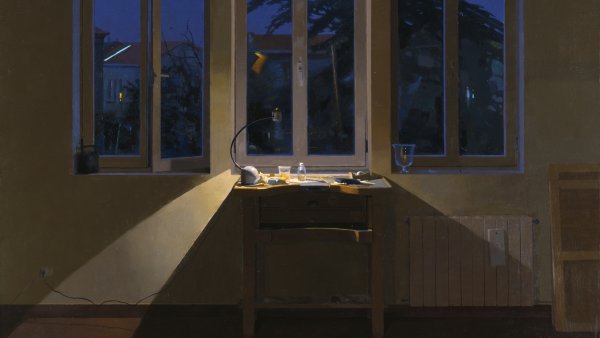<exchanging gazes> 3: Orientalisms in the Thyssen-Bornemisza Collections
The third edition in this series of new installations of the Permanent Collection, which is part of the Museum’s 20th Anniversary celebration programme, focuses on the different ways of representing the Orient and the exotic. From the 18th century onwards the oriental was seen not only as a stimulus to the creative imagination but also as an attitude to life. This was an Orient without precise boundaries or even an imaginary one, arising from the need for new sources of artistic inspiration and from the interest in the exotic, which was seen as strange and different. Among the works featured in this exchange of gazes on the Orient is a group portrait painted in India by Johann Zoffany of a British civil servant and his family, one of Antonio Guardi’s “Turkish scenes” that depict life at court in Constantinople, two works in the Oriental mode by Eugène Delacroix, two Japanese style scenes of women by William Merritt Chase and the depiction of a harem by August Macke.




